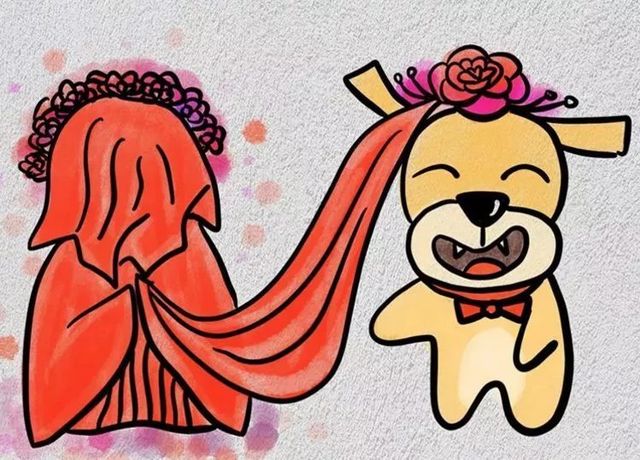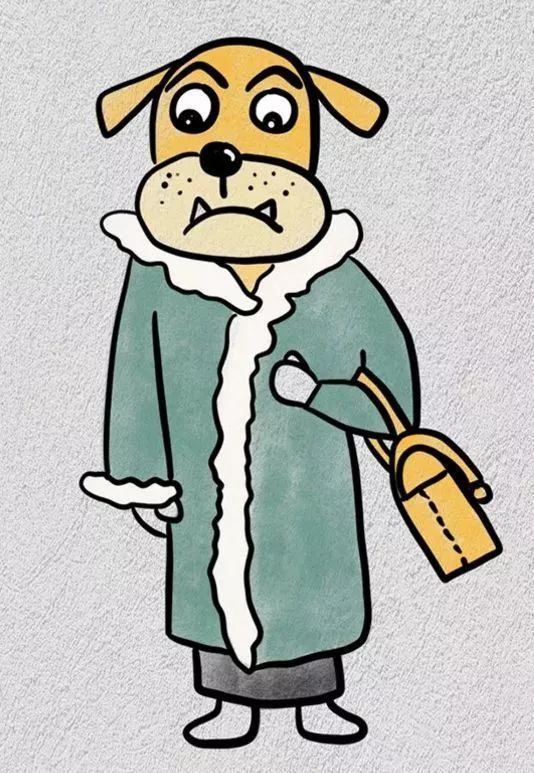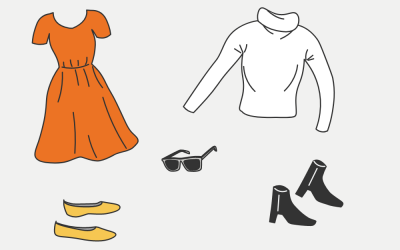Last week, we already looked at some Chinese idioms with a “dog” character. Are you ready for 4 more?
Let’s see which idioms we missed!
1. 狐朋狗友 (Hú Péng Gǒu Yǒu)

狐 (hú) is “fox”;
朋 (péng) means “friend”;
狗 (gǒu) is “dog”;
友 (yǒu) is another word for “friend”.
So, this idiom literally means that “a fox and a dog are good friends”.
But in many cultures, a fox is a creature who uses cunning to get what it wants. So the figurative meaning of this idiom is “evil associates” or “disreputable gang”. They are together and ready to mess with you!
2. 嫁狗随狗 (Jià Gǒu Suí Gǒu)

嫁 (jià) means “to marry” (note, that this verb is used only for girls, the verb for boys is 娶qǔ, “to take wife”);
狗 (gǒu) is “dog”;
随 (suí) means “to follow sb”, and 狗 (gǒu), again, is “dog”.
So, the literal meaning for this idiom is “to marry a dog and then follow it”.
The figurative meaning is quite obvious. “A female always follows her husband”. Or “a woman follows her husband no matter what his lot”.
3. 鸡犬升天 (Jī Quǎn Shēng Tiān)

鸡 (jī) is “chicken”, 犬 (quǎn) is a more formal form for “dog” or “canine”, 升天 (shēng tiān) means “to go up to heaven”, where 升 (shēng) is “rise” and 天 (tiān) is “sky”.
Literal meaning is quite obvious: chickens and dogs rise to Heaven.
But what about the metaphorical meaning? Can you figure it out?
That’s because the whole phrase is consist of two parts: 一人得道,鸡犬升天 (yī rén dé dào,jī quǎn shēng tiān).“Once a man achieves the Dao, his poultry and dogs rise to Heaven”. Or “When a man attains the Dao, even his pets ascend to heaven”. This way the inner meaning of this 成语 seems to be more clearly.
When a man gets to the top, all his friends and relations get there with him! Isn’t it quite common nowadays?
4. 人模狗样 (Rén Mú Gǒu Yàng)

人 (rén) is “human” or “man”;
模 (mú) is “to copy”, “to imitate”;
狗 (gǒu) means “dog”;
样 (yàng) is “sample” or “look”.
The literal meaning is clear: a person dresses and behaves like a dog.
And the inner meaning is also quite easy to catch! That means that one person is pretending to be what he is not.
For this amazing artwork – thanks to one unknown Chinese artist.
How many of this 成语 did you know? And maybe you know more?
Share your thoughts in comments – or tweet us at @thatsmandarin!









0 Comments